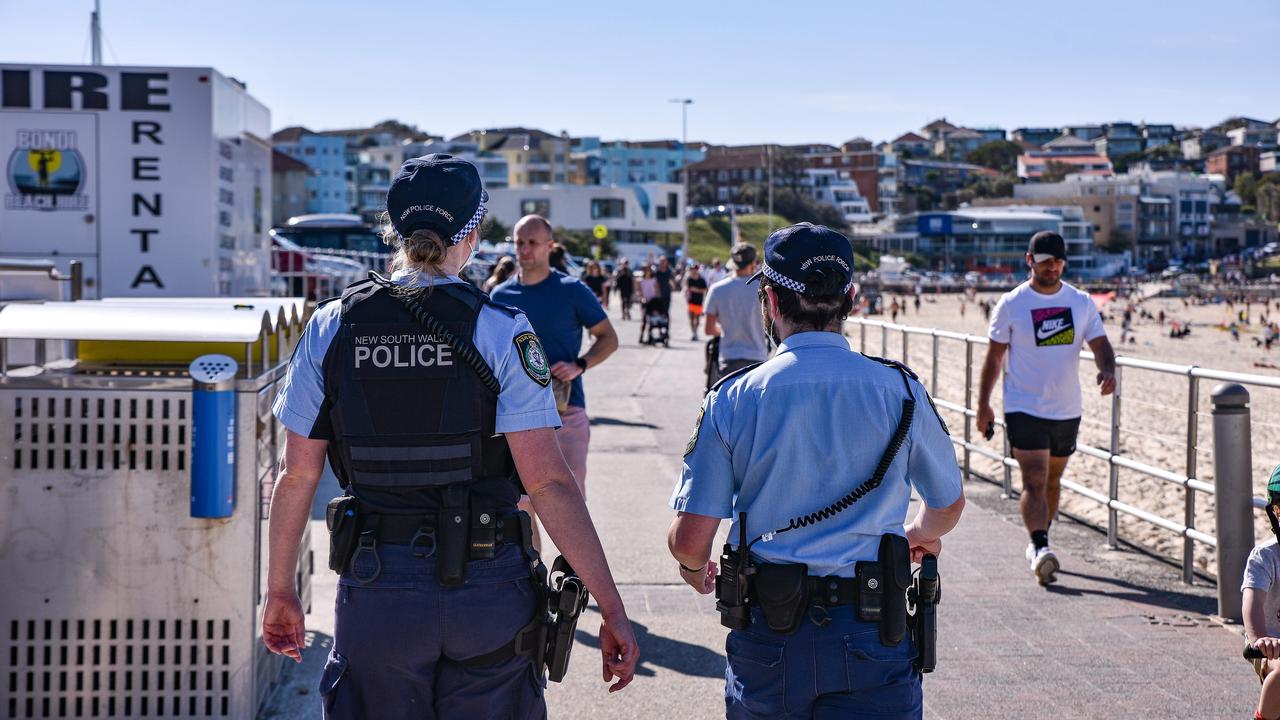Making tracks for walkers on the wild side
TENS of thousands of trekkers trample over their hard work every year and yet few spare a thought for them.

TENS of thousands of trekkers trample over their hard work every year and yet few spare a thought for the privations and toil of those who make such wilderness walks possible.
Rob Boyes, 71, and good mate Rob Zanus, 41, are among a small group of hardy souls who camp for much of the year in Tasmania’s wild places to construct and replace the walking tracks that sustain a booming industry.
It’s sometimes heavy physical work and involves braving everything from mud mires and snow storms to bloodsucking leeches, as well as isolation from family for weeks on end while living in basic conditions.
Long weekends are of no consequence for track workers such as the Robs, who are working through an extended Easter-Anzac Day holiday season, a period when their handiwork is being tested by a sharp spike in visitors to the state’s parks.
But after 12 years of working together neither could be happier, and they are increasingly in demand amid a growth in walking tourism to the island state.
“I like being out in the bush. I like to be out doing something practical,” says Mr Boyes, a former fuel distributor, who has been making walking tracks in Tasmania’s national parks for 20 years.
The two Robs have developed a unique partnership, operating with a skill and efficiency that has led Tasmania’s Parks & Wildlife Service to say they’re “worth their weight in gold” and are global leaders in the unsung craft of track making.
Mr Zanus, who works as a builder in winter when the track work is suspended, misses his young family but enjoys working “out in the quiet”, especially as part of a well-oiled team of two.
“It’s hard to find someone you can work with comfortably, particularly in this situation, because — except when you are asleep — you are basically with each other non-stop,” he said. “So you’ve got to be able to get along pretty well.”
They have lost count of how many kilometres of track they’ve laid but have records stretching back years relating to games — backgammon, dice and cards — won and lost on the endless quiet nights.
Tasmania’s track-building season usually lasts from November to Easter, with trips of usually 10 to 14 days, but up to three weeks at a time. The Robs are working on until the end of the month, finishing 2.4km of double planking in the Pelion to Frog Flats area of the Overland Track, near Cradle Mountain.
Tourism Tasmania estimates 40 per cent of the one million visitors a year go bushwalking, with 35 per cent visiting the state’s national parks.
The Robs cut, carry, dig, hammer and lever an average 40m of double-planked, wire-covered duck-boarding into place each day in a range of environments, from sodden rainforest to icy alpine plains.
Rob senior insisted full retirement is not on the near horizon. “This is my retirement job,” he said. “Each month is better, rather than worse — ’cos I’ve bought a new pair of boots.”
Senior parks manager Nic Deka said the workers were essential in the battle to prevent degradation of popular walks.
“They are worth their weight in gold — with Rob and Rob all we need is to get the materials up to them and they deliver an excellent output, not only in terms of metres per day but also the quality,” Mr Deka said.



